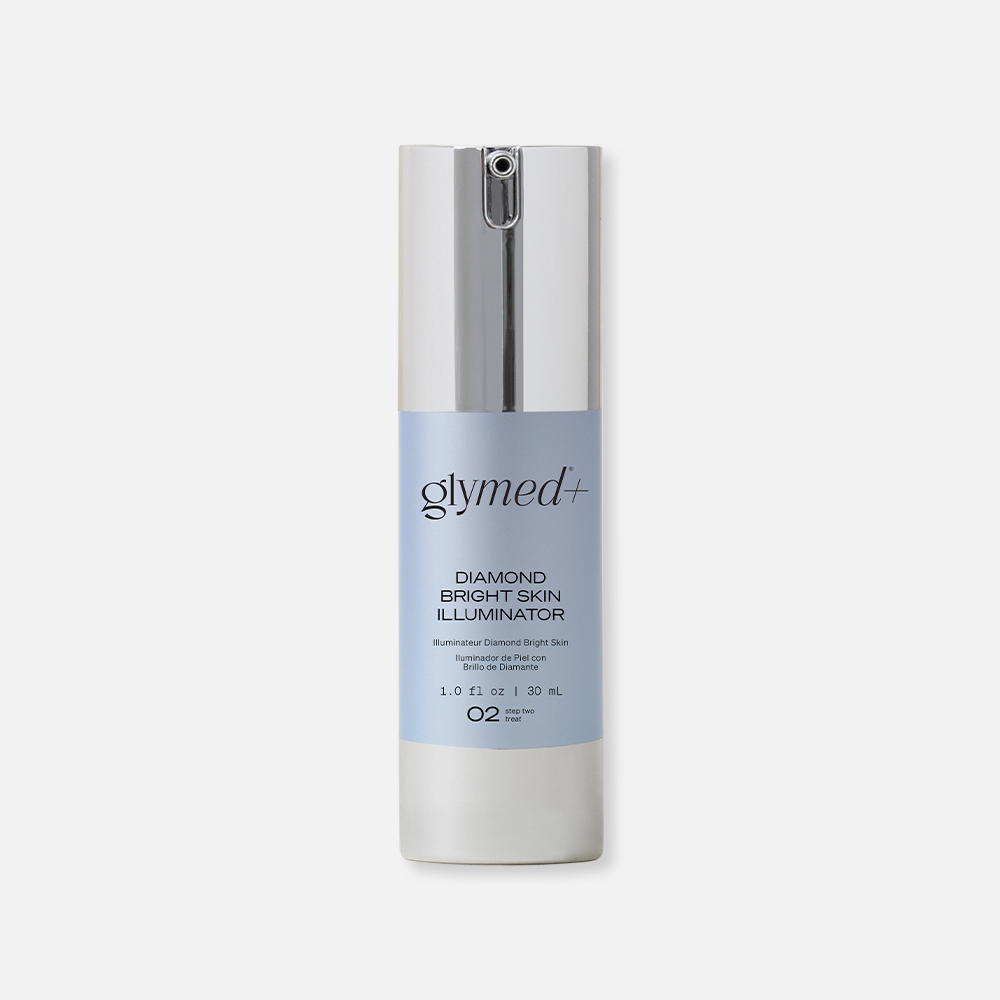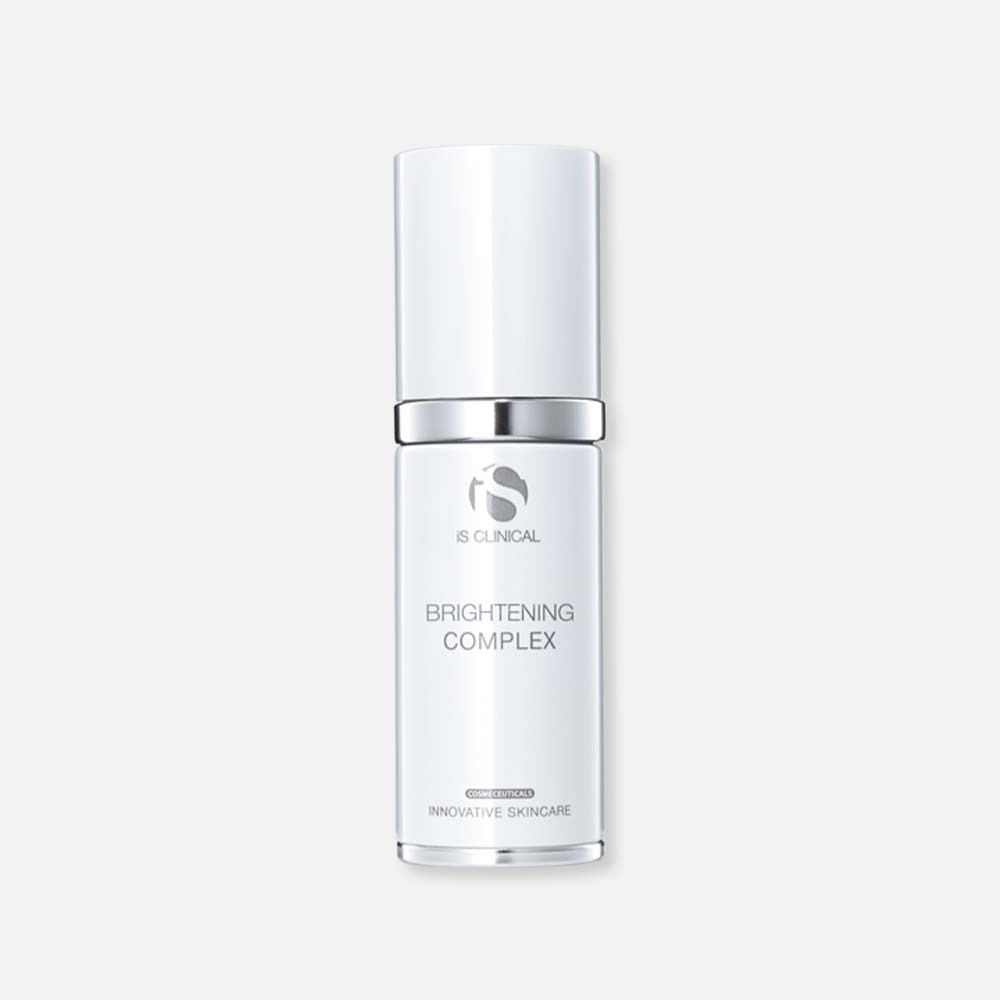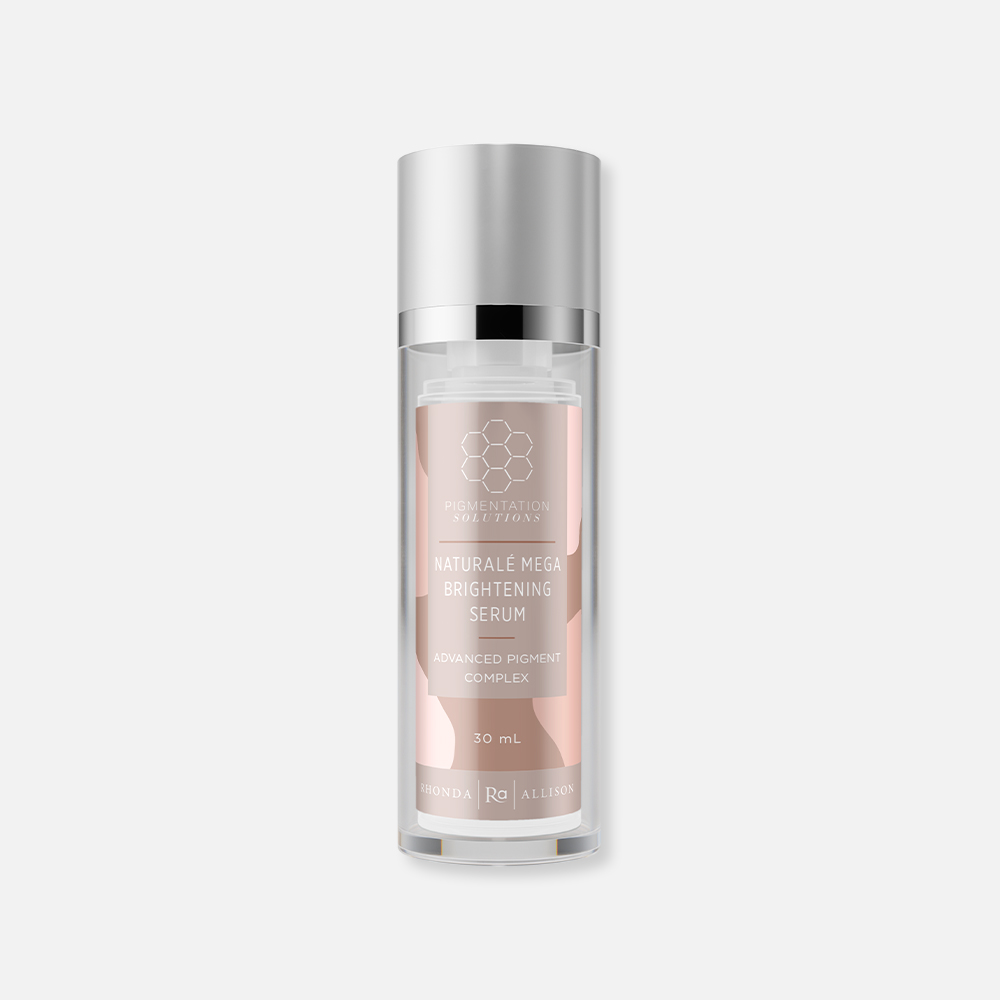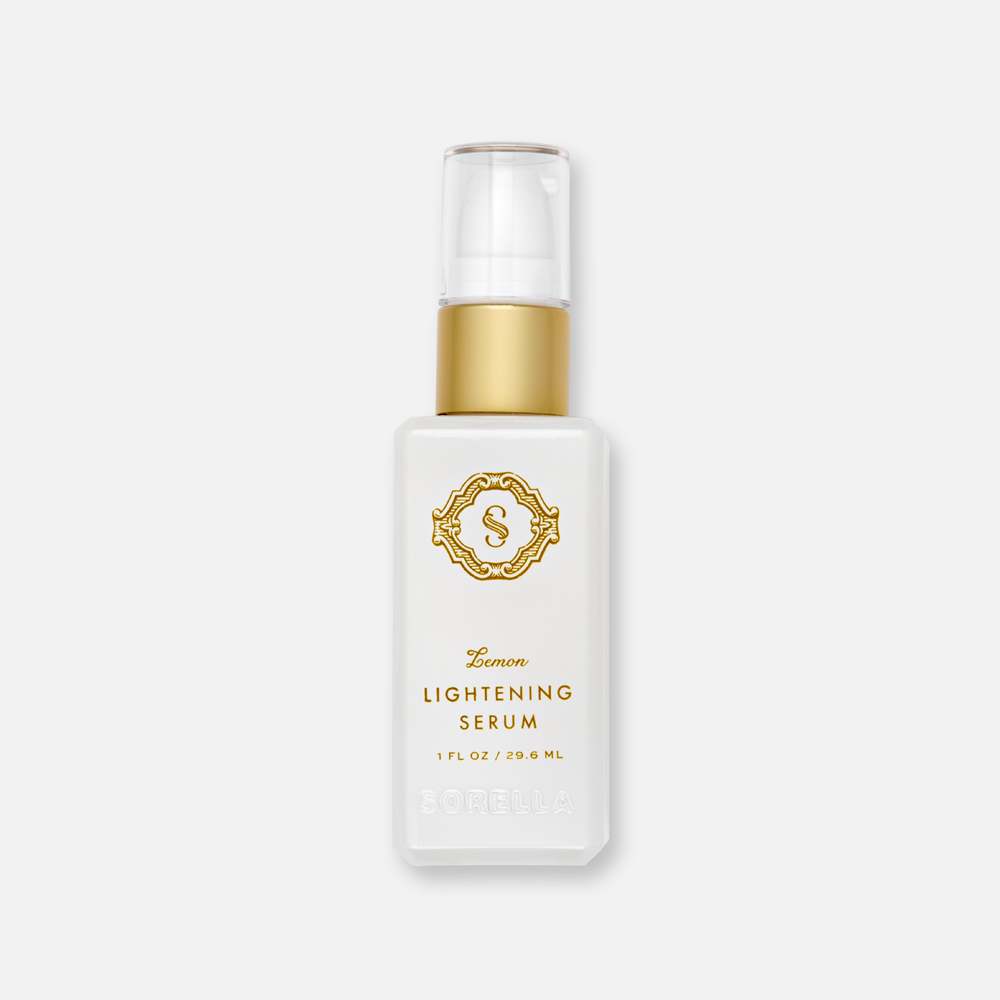
Too much fun in the sun? Healing from a breakout? Going through hormonal changes? Whatever the cause may be, let’s get to the root of your dark spots. From understanding the different types of hyperpigmentation and underlying causes to exploring the must-have skincare ingredients and products, we’re here to empower you on your journey to a brighter, more radiant complexion.
- What is Hyperpigmentation?
- Causes of Hyperpigmentation
- Types of Hyperpigmentation
- How to Treat Hyperpigmentation
- Preventing Hyperpigmentation
What is Hyperpigmentation?
Hyperpigmentation is a condition in which dark spots or patches occur on the skin due to excess melanin, the molecules that give our hair, eyes, and skin their color. The pigmented spots can appear brown, black, grey, red, or pink, depending on your skin tone and the trigger. While a number of factors can contribute to the overproduction of melanin, heat and inflammation play the biggest role. Whether it’s sun damage, injury, or a breakout, our melanocytes increase the production of melanin in an attempt to protect the skin, leaving you with those tell-tale dark spots.
Causes Of Hyperpigmentation
- Sun
- Heat
- Breakout
- Injury
- Hormones
- Genetics
- Medication
Types of Hyperpigmentation
There are three main forms of hyperpigmentation, each requiring a slightly different approach to treatment. Understanding these differences can help you determine the most efficient way to even your skin tone.
Post-Inflammatory Hyperpigmentation
Post-inflammatory hyperpigmentation (PIH) is a common skin condition that occurs after an inflammatory response or skin trauma, such as acne, eczema, rash, or injury. PIH is characterized by darkening of the skin in areas where inflammation has occurred. It can be frustrating to treat, as it can take months or even years for the pigmentation to fade naturally. PIH can affect anyone but is more prevalent in those with darker skin tones. It’s important to use healing ingredients to calm the inflammation, along with retinoids or acids to increase cell turnover and bring healthy cells to the surface of the skin. Our blog on PIH covers this topic in greater detail.
Melasma
Melasma is a pigmentation disorder that generally appears as patchy brown areas on the face, particularly across the cheeks, forehead, upper lip, and chin. It can be triggered by a combination of factors, including hormonal changes, sun exposure, and genetic predisposition. Hormonal fluctuations during pregnancy, oral birth control use, or hormone replacement therapy can further contribute to the development of melasma, earning it the nickname the “mask of pregnancy.” Typical with other forms of hyperpigmentation, melasma will most often appear in areas that receive more sun exposure. However, it can also be found on the abdomen during pregnancy. Reducing sun and heat exposure, along with reducing melanin production, is key.
Sun Damage
Sun damage is referred to as sun spots, solar lentigines, liver spots, dark spots, or age spots. This type of hyperpigmentation typically affects more mature individuals or those who spend extended amounts of time in the sun. These spots vary in size and appear as dark patches of skin anywhere on the body but are most often found on the face, chest, arms, and back of the hands (anywhere that receives more sun exposure). Using sunscreen and wearing protective clothing, along with adding in antioxidants and barrier-strengthening ingredients, is crucial in preventing the development of sun spots and maintaining healthy skin.
How To Treat Hyperpigmentation
So, how can you fade those dark spots? Well, the good news is, you don’t have to do anything wild. There are plenty of effective skincare products available that will tackle your pigmentation without risking the health of your skin. If you have sensitive skin, opt for more gentle, botanical ingredients, like bellis perennis or licorice root extracts. However, if your skin can handle more potent actives, you can reap the benefit of more accelerated results from chemical peels or laser treatments. Regular exfoliation is also crucial for reducing dark spots. This increases cell turnover and brings new, healthy skin cells to the surface to reveal a smoother, brighter complexion.
Note: Spot-treating hyperpigmentation is not effective. The spots or patches visible on the skin are simply the tip of the iceberg, with more damaged cells lying beneath the surface.
Best Ingredients for Hyperpigmentation
Here are some of our favorite ingredients to look for in your skincare to help correct uneven pigmentation.
Stem Cell Cytokines: Stem cell cytokines encourage cell renewal and assist in speeding the skin’s healing process. Used regularly, stem cells will keep your skin healthy and free of blemishes.
Arbutin: Coming from the bearberry plant, this natural, safer alternative to hydroquinone, is a potent tyrosinase inhibitor and aids in brightening dark spots, preventing hyperpigmentation, and reducing scarring.
Vitamin C: Vitamin C is a powerful antioxidant that not only protects the skin but can help fade dark spots by inhibiting the production of tyrosinase, the enzyme “building block” used in the production of melanin, giving it potent brightening power.
Kojic Acid: A by-product of fungi, Kojic acid also works to restrict the production of tyrosinase. This ingredient makes a great option for those looking to find a more gentle way to lighten dark spots.
Bellis Perennis Extract: This powerful, yet gentle extract comes from the daisy flower and is highly effective at lightening current dark spots and preventing future hyperpigmentation by inhibiting melanin production.
Licorice Extract: Licorice extract is known for its soothing and brightening properties. It contains potent anti-inflammatories and is antioxidant rich, making it very effective at diminishing all types of hyperpigmentation.
Azelaic Acid: Highly underrated, azelaic acid is an antibacterial and anti-inflammatory active that can help reduce breakouts as well as hyperpigmentation, making it a very beneficial ingredient.
Mandelic Acid: This magical alpha-hydroxy acid takes a multi-pronged approach by suppressing pigmentation, gently exfoliating the skin, and preventing breakouts.
Retinol: Retinol is a derivative of vitamin A that penetrates deep into the skin to boost cell turnover and enhance the renewal process, thereby reducing the appearance of dark spots and uneven skin tone caused by excessive melanin production.
Disclaimer: Discontinue use completely during the summer months, as retinol increases sun sensitivity, which can worsen hyperpigmentation.
A Note About Hydroquinone
While some might swear by it, hydroquinone isn’t something we recommend. Along with a reputation for causing dryness and irritation, it’s not an effective way to treat PIH specifically. Hydroquinone is not able to reach the inflammation happening in the deeper layers of the skin, leaving those red spots untouched. And because it works like a “bleaching” agent, hydroquinone is something those with deeper skin tones will want to avoid, as it can cause further discoloration with continued use.
Best Products for Hyperpigmentation
For Post-Inflammatory Hyperpigmentation (PIH), we turn to nourishing and healing ingredients to calm inflammation in the skin. Look for gentle, botanical-based brighteners with tyrosinase inhibitors and anti-inflammatory benefits, such as GlyMed Plus Daily Skin Clarifier or Sorella Apothecary Lemon Lightening Serum. These products also offer powerful antioxidant protection and are great to incorporate into your routine as early as your 20s as a preventative measure for all hyperpigmentation. The healing and regenerative stem cell cytokines in NeoGenesis Recovery Serum are also crucial in the healing of the skin to reduce PIH.
For Melasma, we have seen great results using both the Vita-Bright Elixir and Naturalé Mega Brightening Serum from Rhonda Allison. While effective on their own, combining them in your routine creates a powerful pigment-busting duo. The vitamin complex in Vita-Bright Elixir restores depleted skin and offers protection from free radicals and UV damage. It also inhibits the transfer of MSH (Melanocyte Stimulating Hormone). The Naturalé Mega Brightening Serum uses next-generation lighteners and brighteners, such as bellis perennis and alpha arbutin, to work like hydroquinone without any harsh side effects.
For Sun Spots, it’s imperative to protect against free-radical damage and reduce melanin synthesis. Additionally, look for products that calm inflammation and boost hydration, to keep your skin barrier healthy and strong to keep pigment at bay. The iS Clinical Brightening Complex contains numerous botanical brighteners, along with gentle exfoliators and hydrating and balancing ingredients for a well-rounded formula. GlyMed Plus Diamond Bright Skin Illuminator uses advanced drone technology that specifically targets injured melanocytes to help reverse damage and lift pigmentation quickly. This combines with other natural skin brighteners, mild exfoliants, and anti-inflammatories for a renewed, glowing complexion.
Preventing Hyperpigmentation
It’s important to mention that treatment and prevention go hand in hand. If you want to make a visible improvement in your complexion, you’ll have to remain consistent and proactive. It’s not enough to simply treat the dark spots you have; you’ll need to take preventative measures and incorporate protective ingredients into your skincare routine to keep future hyperpigmentation at bay.
- Stay protected when in the sun by using a broad-spectrum sunscreen with an SPF of 30 or higher and wear protective hats and clothing.
- Incorporate antioxidants into your routine to protect your DNA and boost the efficacy of your sunscreen.
- Use anti-inflammatory and barrier-boosting ingredients to improve the strength and health of your skin.
- Add tyrosinase-inhibiting ingredients into your daily routine to balance melanin production.
Heat and Devices: If any of your skincare devices emit heat, use caution so you don’t stimulate or worsen hyperpigmentation. During your treatment, keep the device from directly touching the skin, and don’t hold it in one place for too long.
While not harmful, hyperpigmentation can certainly be frustrating. Remain patient and consistent with your skincare regimen, as it may take time to see significant results. And remember, we’re not striving for flawless skin; we just want to enhance our natural beauty and shine.

Unsure where to start? Reach out for a free skincare checkup, and our licensed estheticians will optimize your routine for the best results. We’ll be here every step of the way!






Comments (2)
PIH is actually hyperpigmentation. Excess blood flow during the healing process actually refers to PIE – post-inflammatory erythema. The post seems to mislabel PIE with PIH.
Hi Catherine,
PIH and PIE are both caused by an injury to the skin. PIE easily leads to PIH, if not properly cared for. Thanks for the clarification.